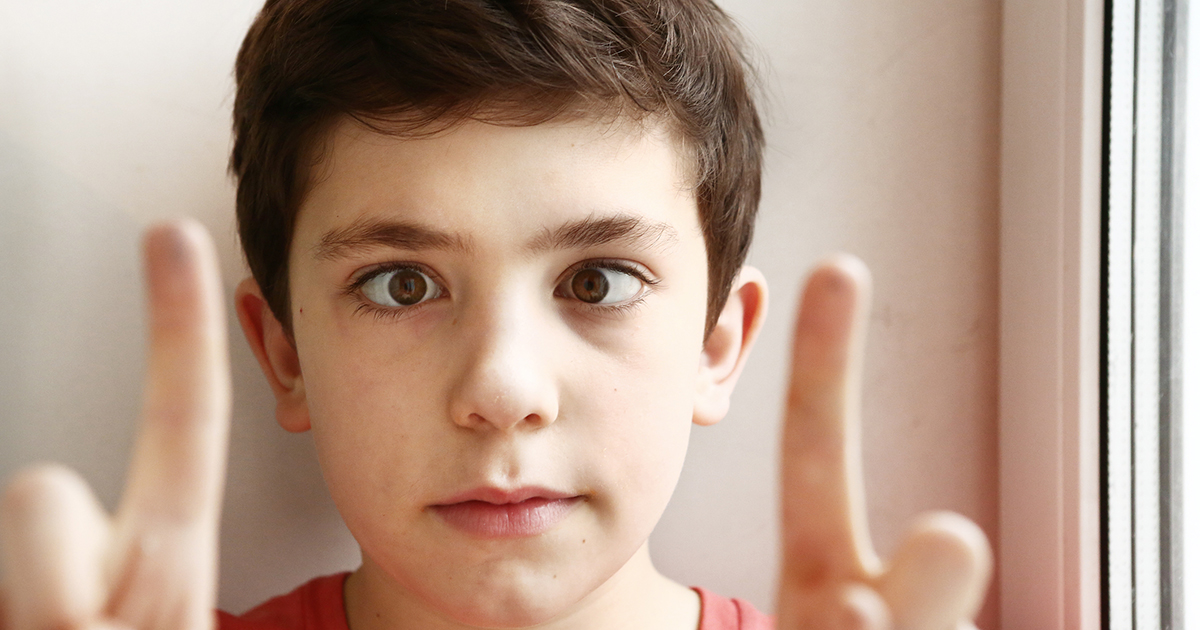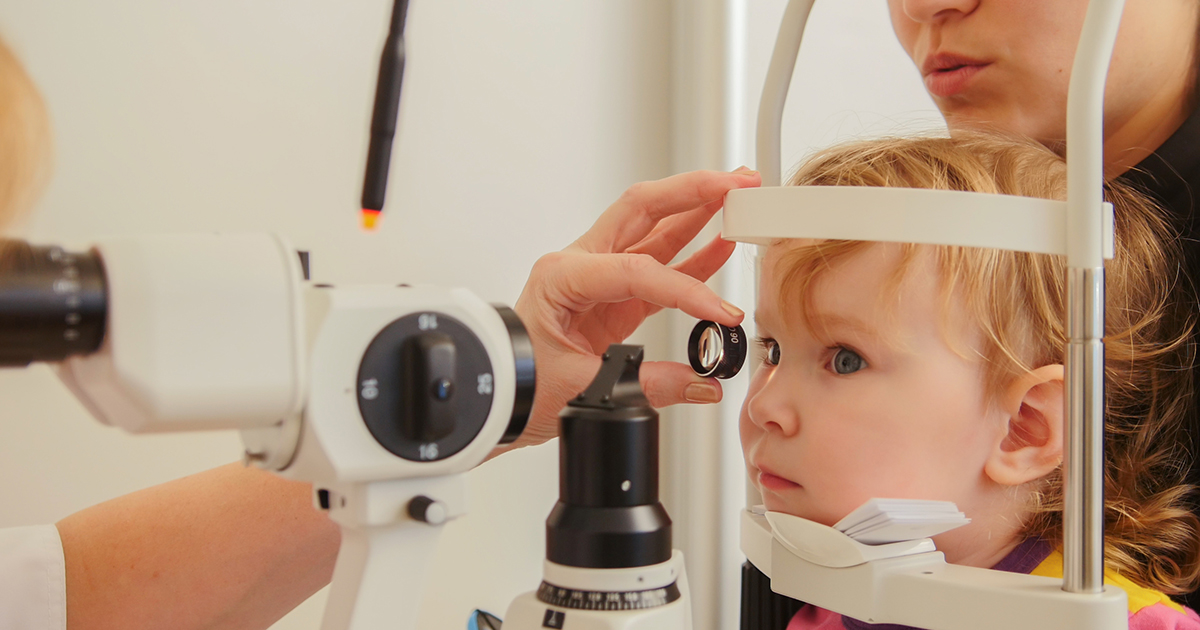Strabismus: Causes, Symptoms, And Treatment For Wandering Eyes
Symptoms Of Strabismus

The most significant symptom of strabismus in patients regardless of age is one or both eyes not looking straight (e.g., the right eye turning inward whereas the left remains straight). Another potential symptom includes the patient tilting their head to use both eyes. It is also important to note when an infant or young child has strabismus, their brain will eventually learn to ignore the image from the misaligned eye and will only focus on the ‘straight’ eye.
However, if the brain always ignores the signals from the misaligned eye, the eye in question will not develop good vision and may even lose their sight partially or entirely. Thus, poor vision can be a symptom of strabismus in young children, although this symptom is also nonspecific and could point to another condition. It is also not the same in older children and adults who have had the time to develop their vision properly. Instead, a key symptom among adults who might have strabismus is double vision, since their brain processes the images from both eyes.
Diagnosing Strabismus

All children should receive a complete eye exam from their pediatrician when they are around three years of age, regardless of any indicators (or lack thereof) of any eye conditions. However, if the parents do notice their child has one or both eyes not looking straight before then, they should book an appointment for a vision test. Parents should also have their child’s vision checked before three years of age if there is a family history of wearing eyeglasses or of strabismus specifically.
Early detection of strabismus is the key to effective treatment and minimizing potential lasting effects. If the child fails a standard vision test or exhibits the physical symptom of strabismus, most pediatricians will refer the family to an ophthalmologist, who will conduct further tests and is better equipped to recommend specific treatments.
